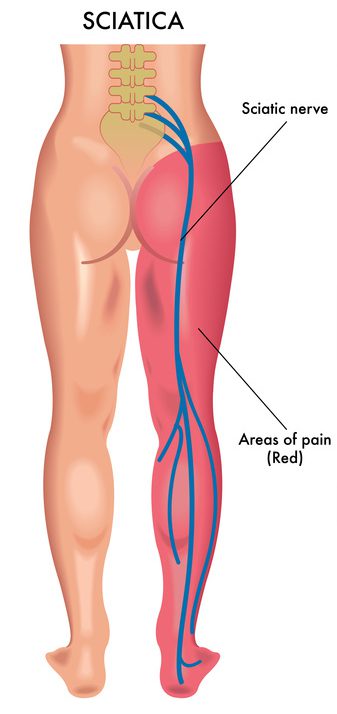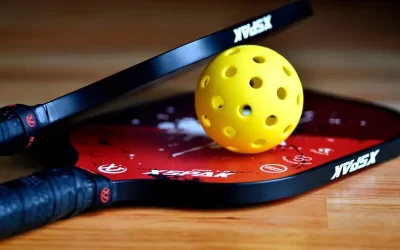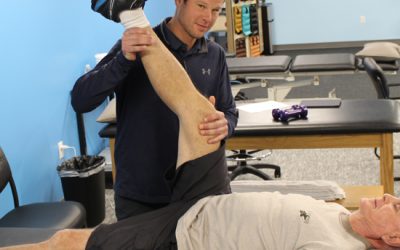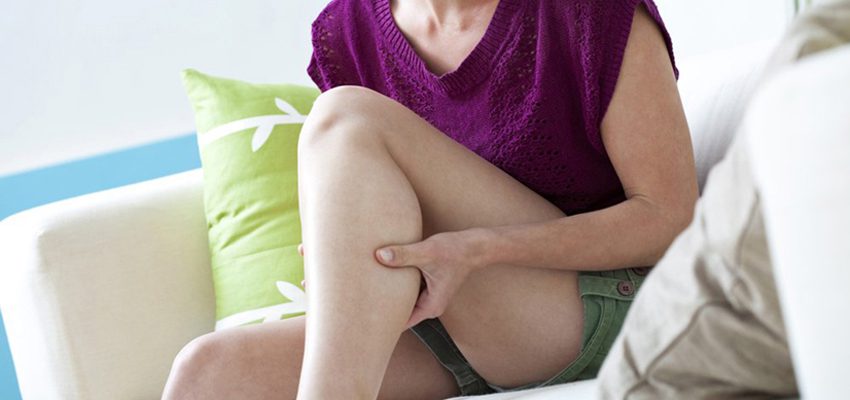 by Katherine Younes, PT, DPT- Rye Physical Therapy – Hampton, NH Clinic
by Katherine Younes, PT, DPT- Rye Physical Therapy – Hampton, NH Clinic
Do you have a nagging pain that radiates down the back of your leg? These are the symptoms that everyone refers to as “sciatica”. Did you know that these symptoms can be a pain pattern referral coming from your lumbar spine? This is a condition referred to as lumbar radiculopathy.
- There are several factors that can cause referred pain into one leg:3
- Herniated/Bulging disc
-
irritates/pinches nerve root at the lumbar spine
-
- Degenerative Disc Disease
-
natural process that occurs with aging that causes a decrease in disc height which can irritate/pinch nerve root at the lumbar spine
-
- Spinal Stenosis
-
narrowing of spinal canal compresses/irritates nerves of lumbar spine
-
- Piriformis Syndrome
-
tightness of the piriformis can result in pinching/irritation of the sciatic nerve as the nerve is located right under the piriformis muscle
-
these symptoms can replicate lumbar radiculopathy symptoms
-
-
-Pain is typically located in 1 leg
-
-Pain will radiate down the back of the hip/buttock and into the leg, can go as far down as the lower leg and foot
-
-Pain will worsen with sitting or standing
-
-Pain described as sharp, shooting
-
-May or may not experience numbness/tingling
-
How can physical therapy help?
Research has supported the use of physical therapy and application of the traditional lumbar stabilization exercises with mobilization treatments for the sciatic nerve to improve the function and health of patients.1 “Both hamstring stretching and nerve mobilization can be usefully applied for the therapy of patients with lower back pain and sciatica related symptoms.”2
At Rye Physical Therapy, we have several treatment options to address your symptoms, such as neuromobilization treatments, soft tissue massage, dry needling, lumbar traction and exercise. Also, in conjunction with previously mentioned treatments, we also provide spinal manipulation to the appropriate candidate. If your symptoms do not radiate below your knee, you are a candidate for spinal manipulation. We can provide education about position modifications for your desk, car and furniture at home, as well as proper transitional mobility treatments and lifting treatments to reduce symptom exacerbation and risk of further injury.
Here are a couple exercises you can try to address your symptoms.
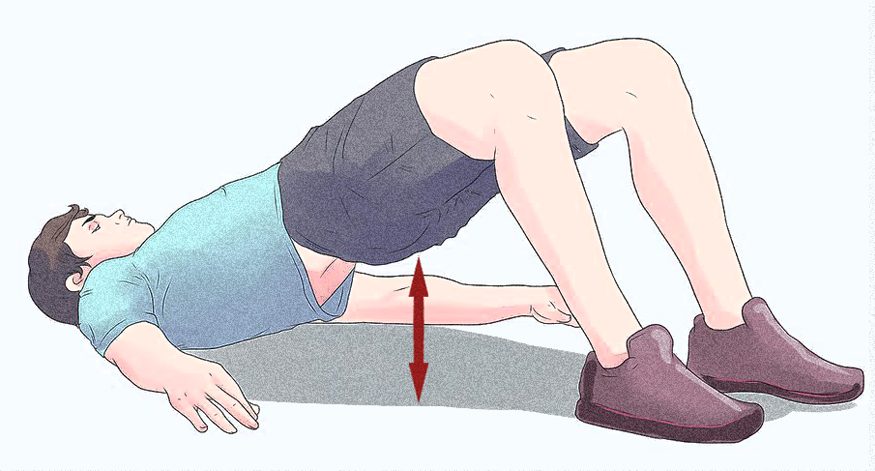 Bridges: While lying on your back, both knees bent, tighten your lower abdominals, squeeze your buttocks and then raise your buttocks off the floor/bed as high as you can comfortably, however do not go high enough to create arch in your low back. Hold and then lower yourself and repeat.4
Bridges: While lying on your back, both knees bent, tighten your lower abdominals, squeeze your buttocks and then raise your buttocks off the floor/bed as high as you can comfortably, however do not go high enough to create arch in your low back. Hold and then lower yourself and repeat.4 Piriformis Stretch: While lying on your back and leg crossed on top of your opposite knee, hold your knee with your opposite hand and bring your knee up and over across your midline towards your opposite shoulder for a stretch felt in the buttock. Hold for 10 seconds, repeat 10 times.4
Piriformis Stretch: While lying on your back and leg crossed on top of your opposite knee, hold your knee with your opposite hand and bring your knee up and over across your midline towards your opposite shoulder for a stretch felt in the buttock. Hold for 10 seconds, repeat 10 times.4If you have any questions regarding this condition feel free to call or stop by one of our two Rye Physical Therapy locations in either Hampton or Seabrook, NH to speak to one of our physical therapists.
- Herniated/Bulging disc
- Citations:
- (1)Jeong U-C, Kim C-Y, Park Y-H, Hwang-Bo G, Nam C-W. The effects of self-mobilization treatments for the sciatic nerves on physical functions and health of low back pain patients with lower limb radiating pain. Journal of Physical Therapy Science. 2016;28(1):46-50. doi:10.1589/jpts.28.46.
- (2)Lee J, Kim T. The treatment effect of hamstring stretching and nerve mobilization for patients with radicular lower back pain. Journal of Physical Therapy Science. 2017;29(9):1578-1582. doi:10.1589/jpts.29.1578.
- (3)Sciatica Symptoms – Spine-Health. https://www.spine-health.com/conditions/sciatica/sciatica-symptoms
- (4)HEP2go – Build a HEP Home Exercise Program For Free, https://www.hep2go.com/exercises.php
